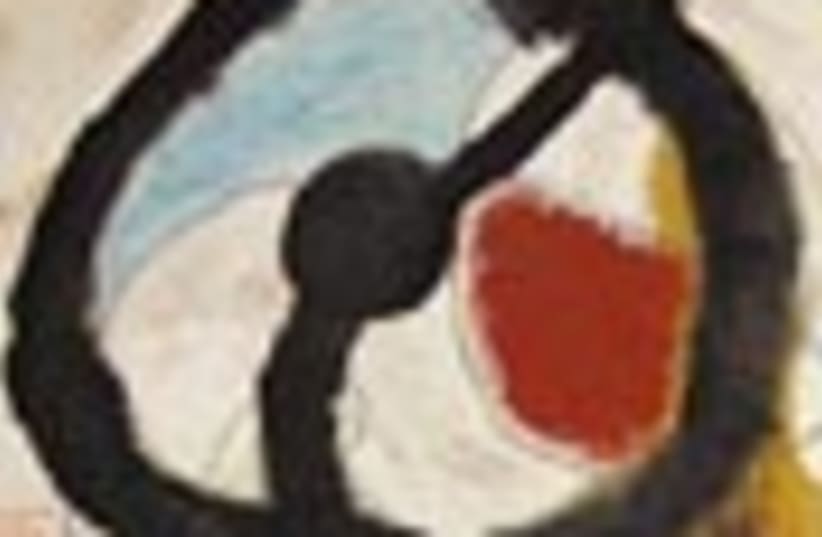| More about: | Pablo Picasso, Metropolitan Museum of Art, Israel, Palestine |
Gifting the gifted
The museum's photography department, headed by veteran curator Nissan Perez, holds over 55,000 works reflecting the evolution of the medium since the 1840s.


| More about: | Pablo Picasso, Metropolitan Museum of Art, Israel, Palestine |